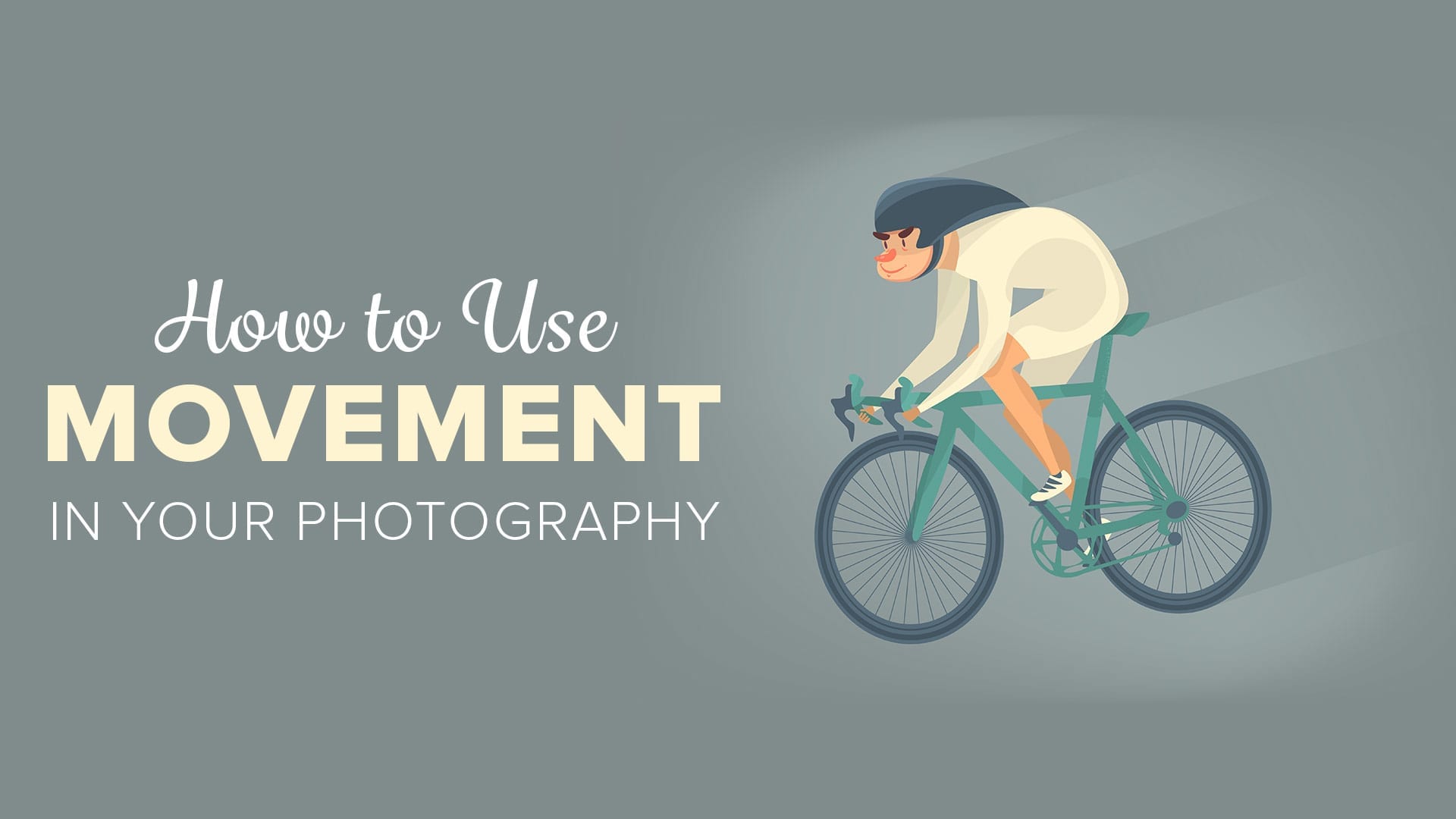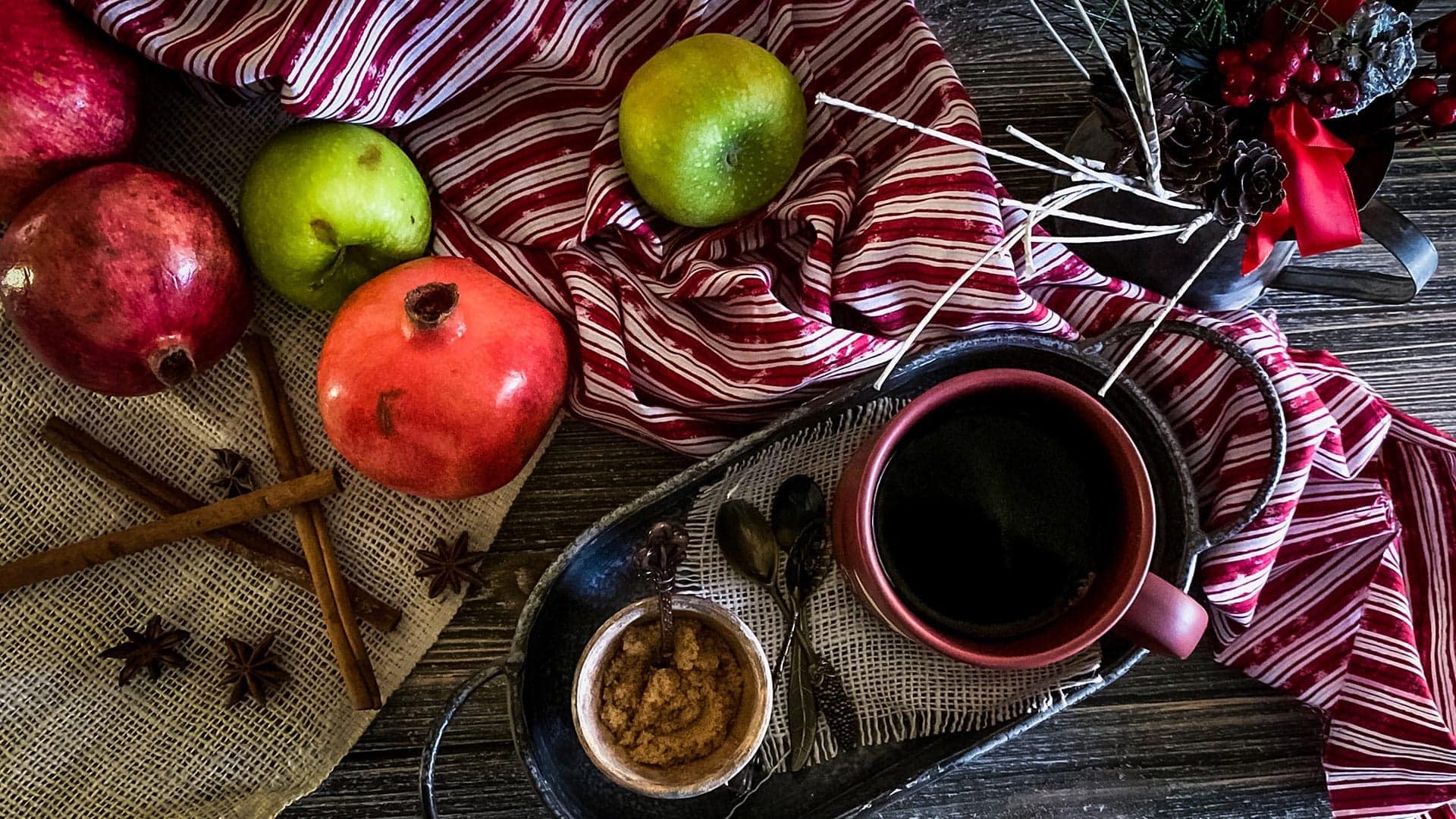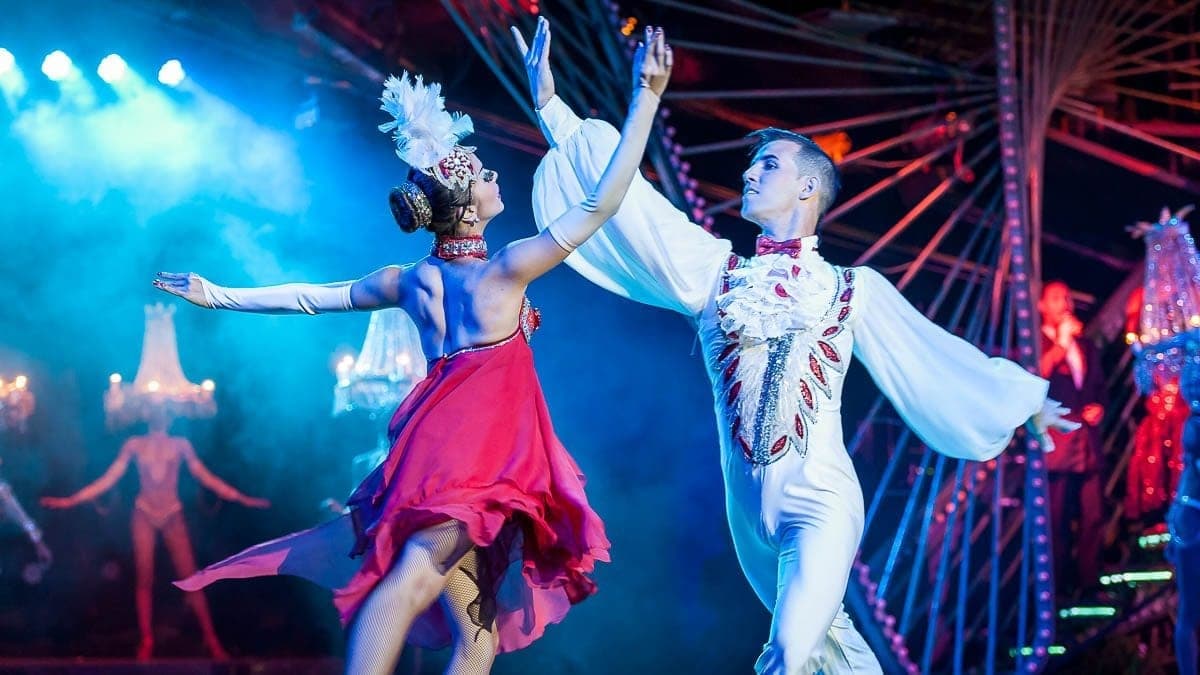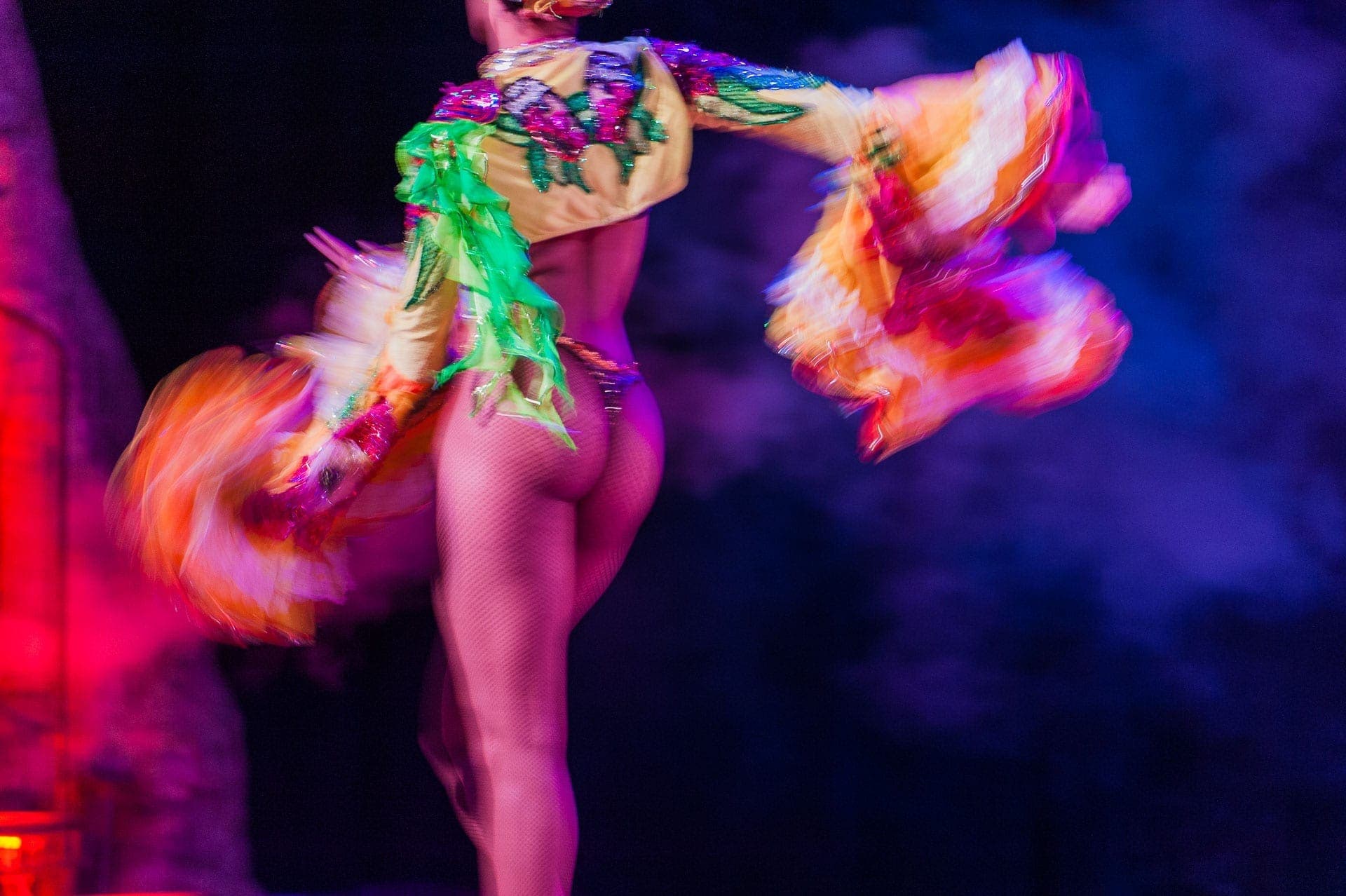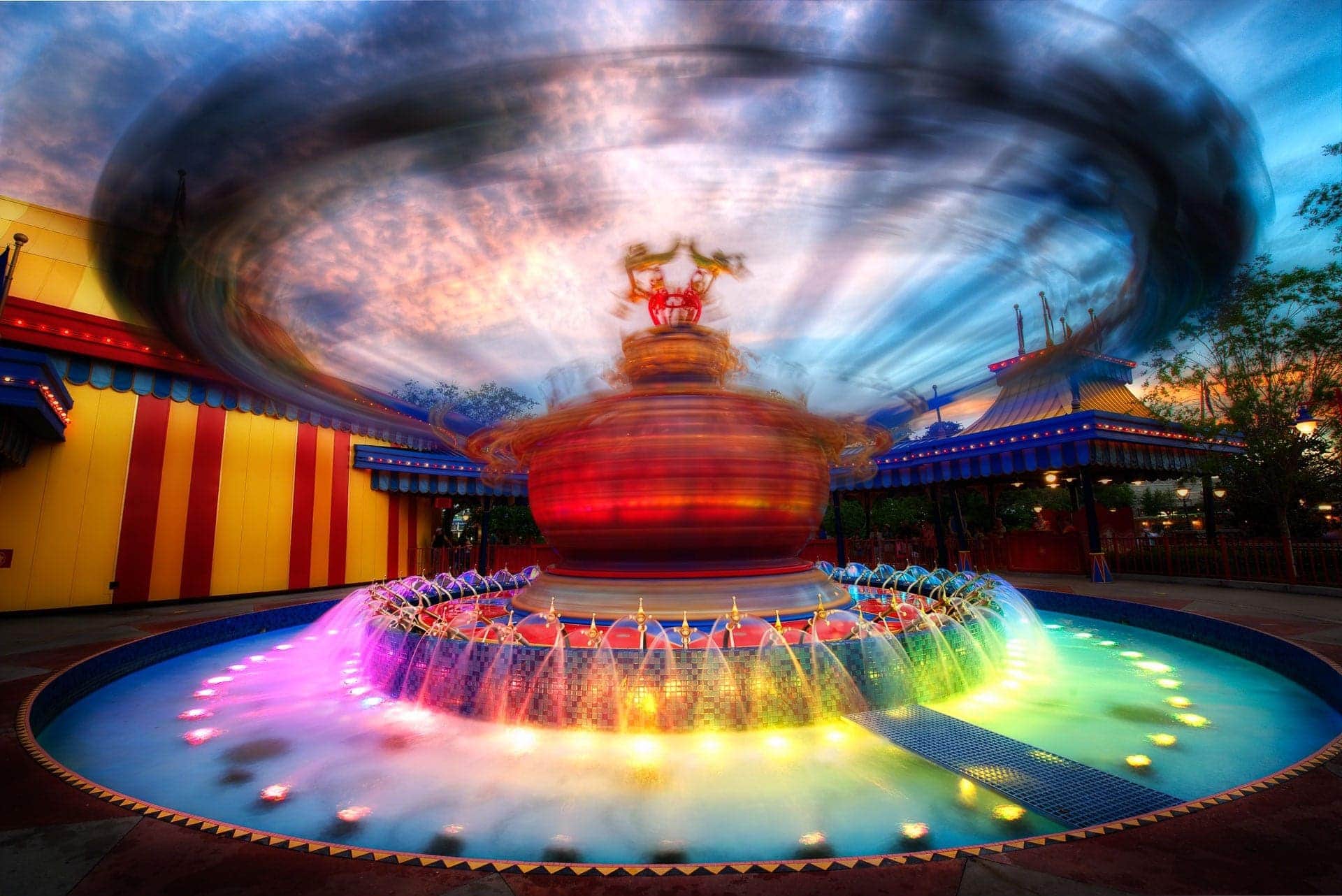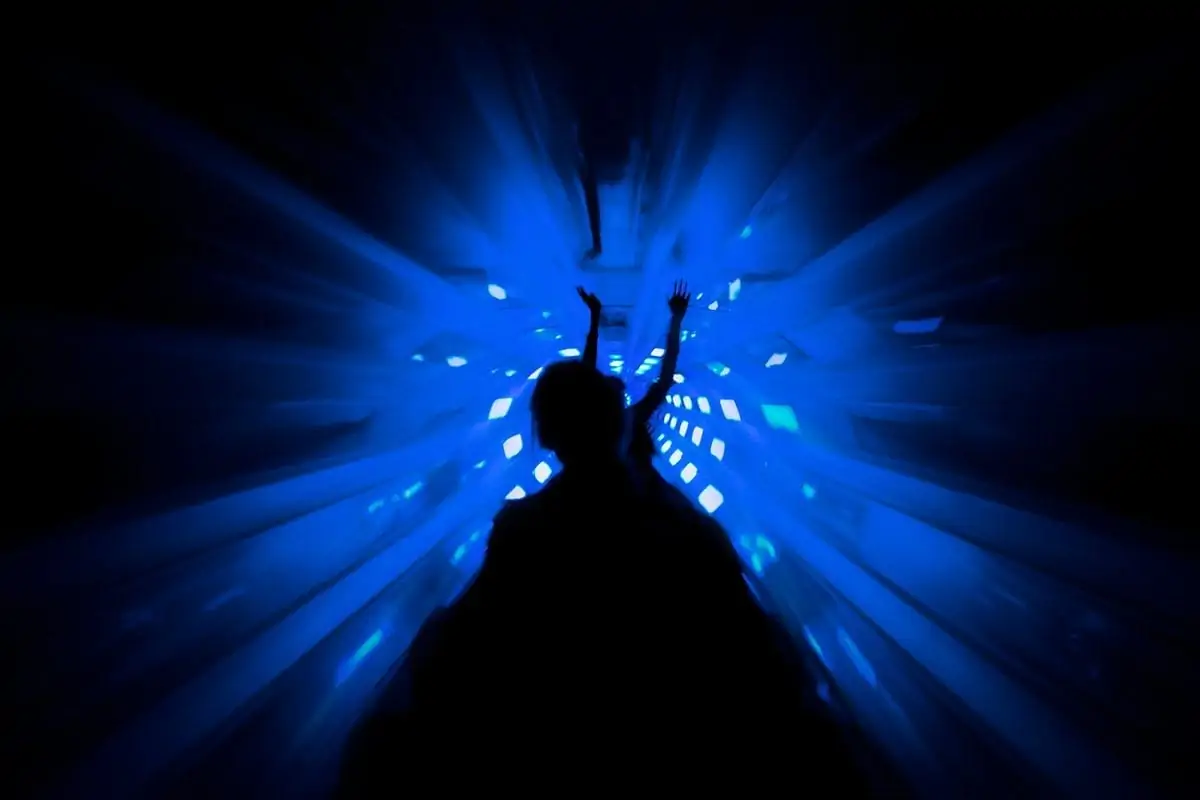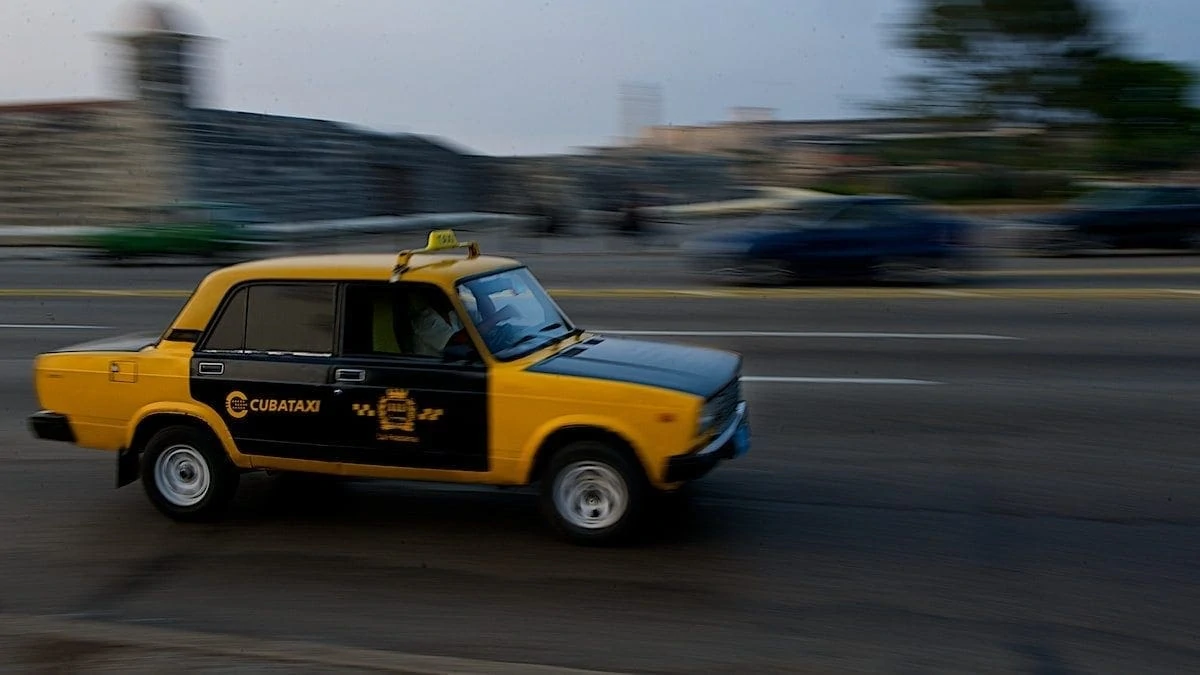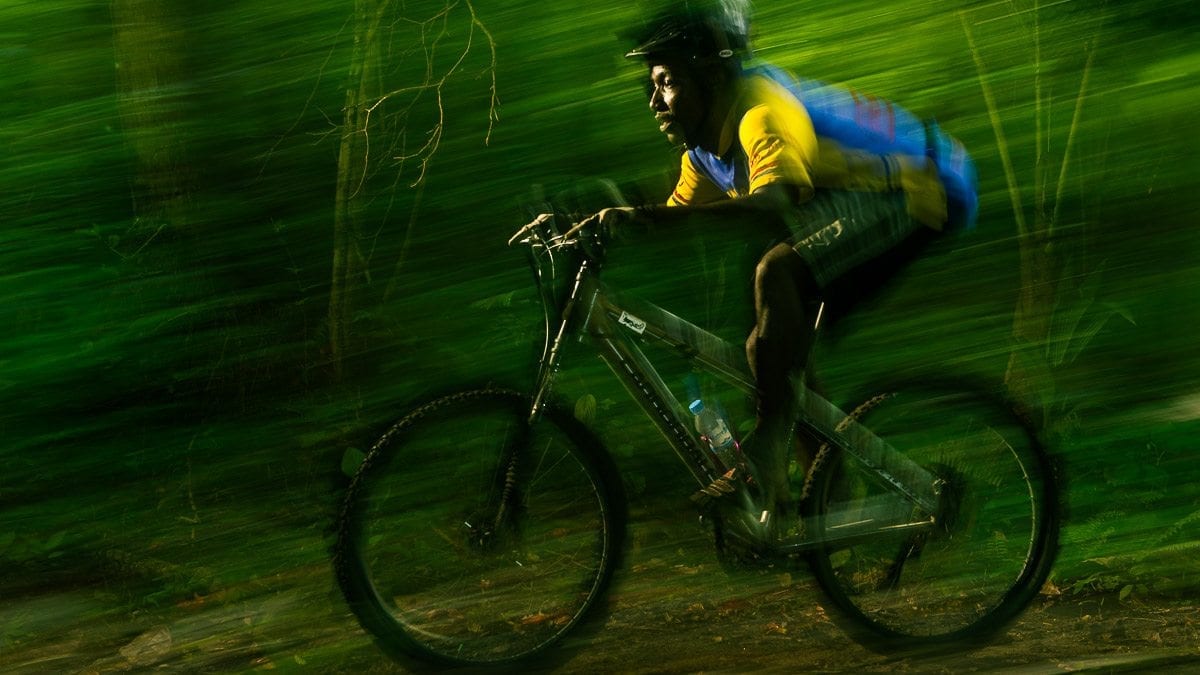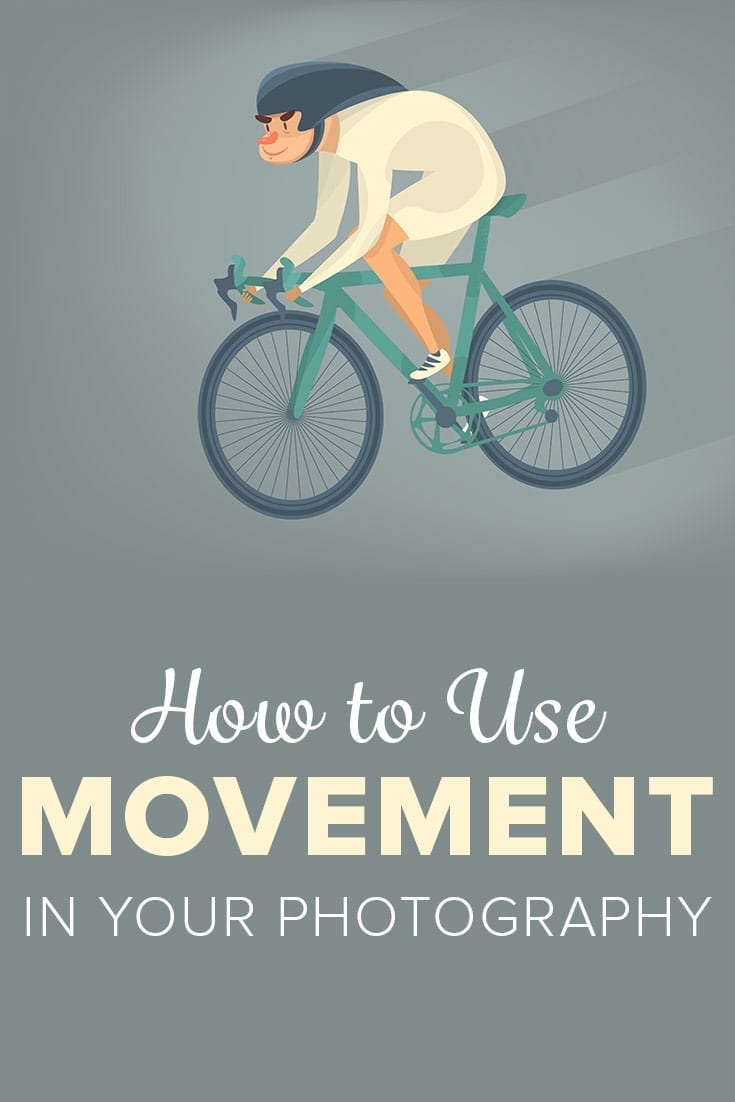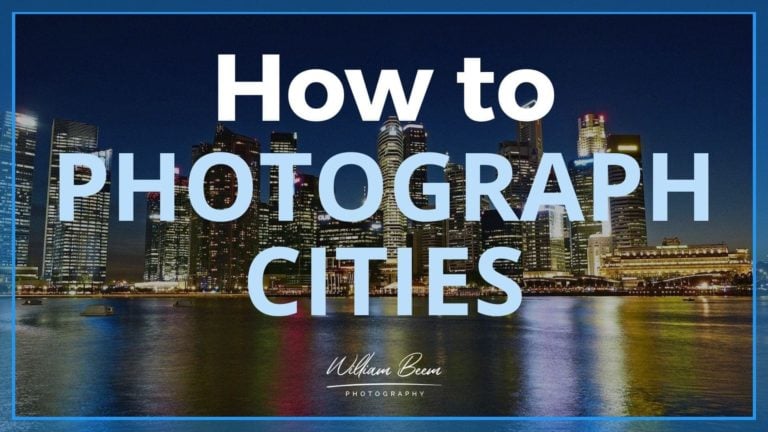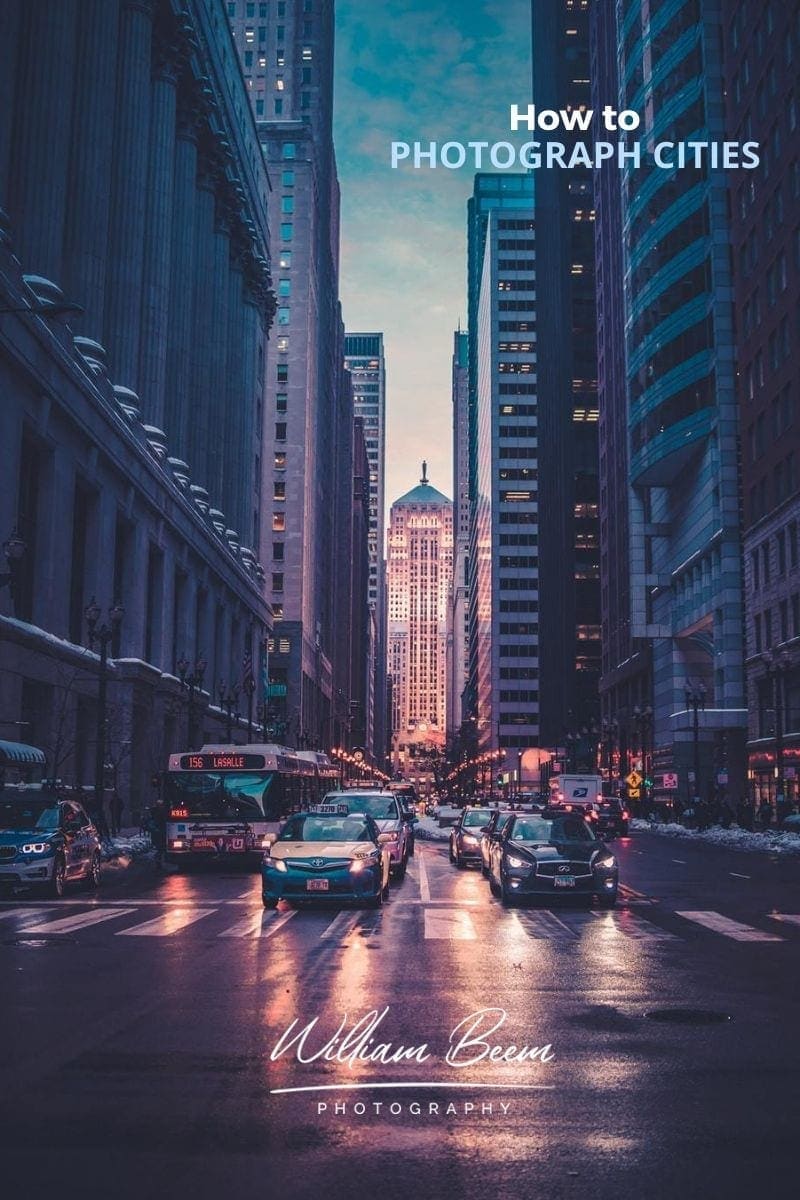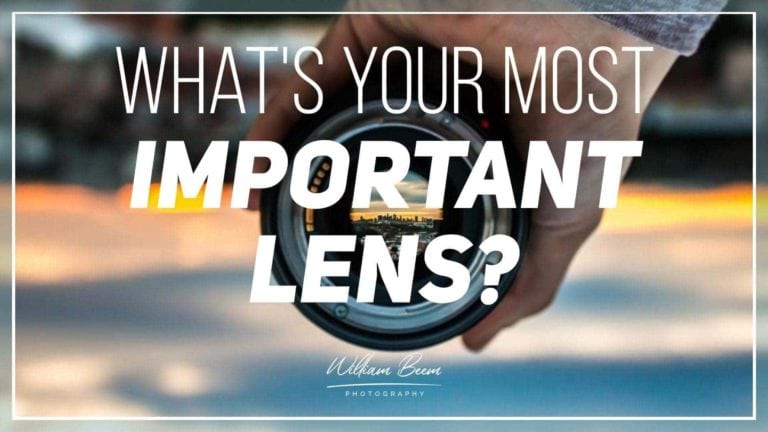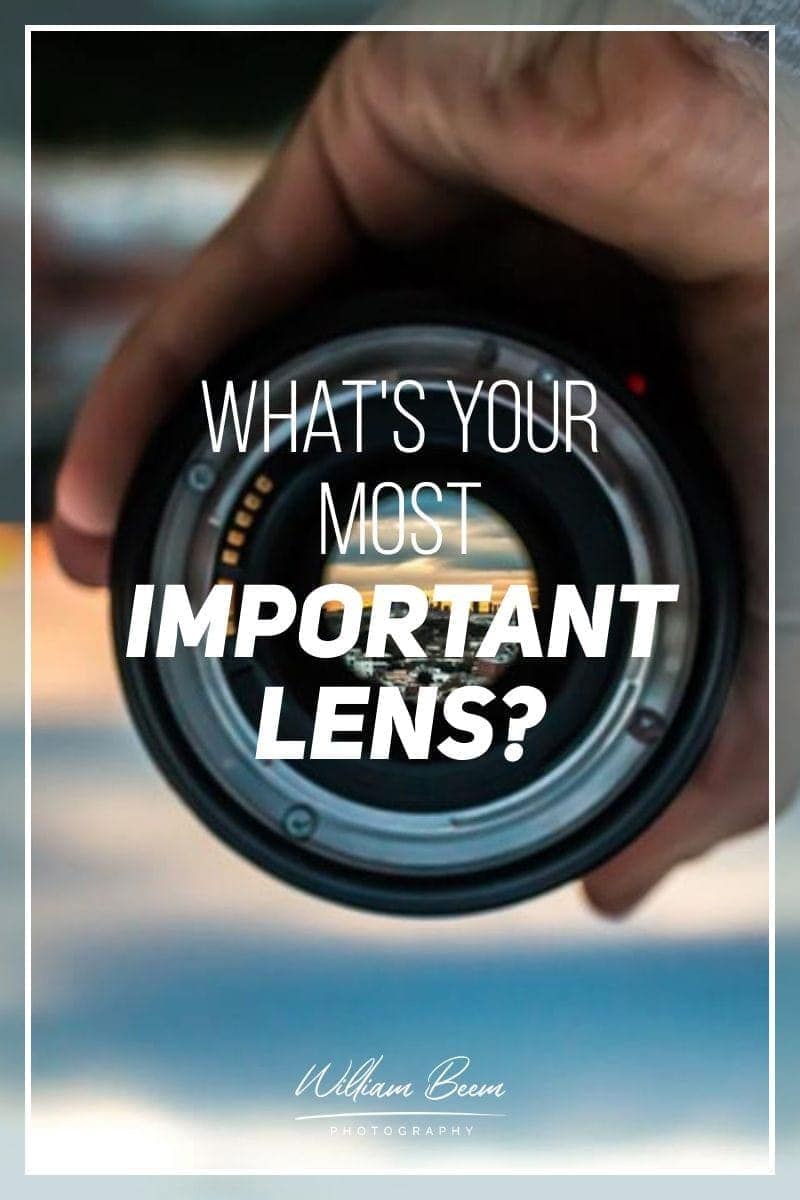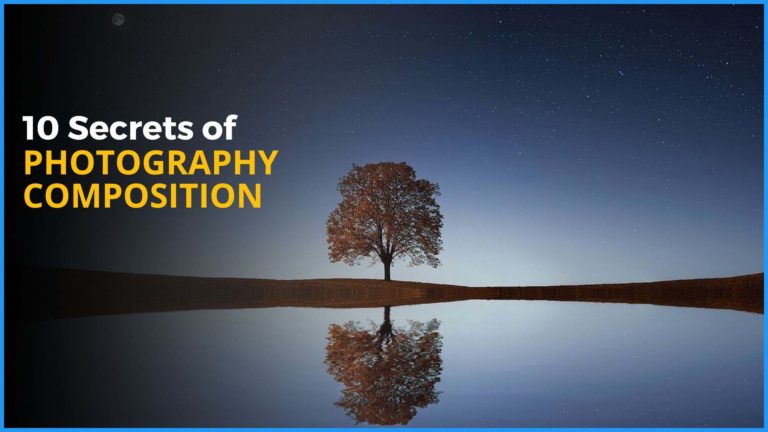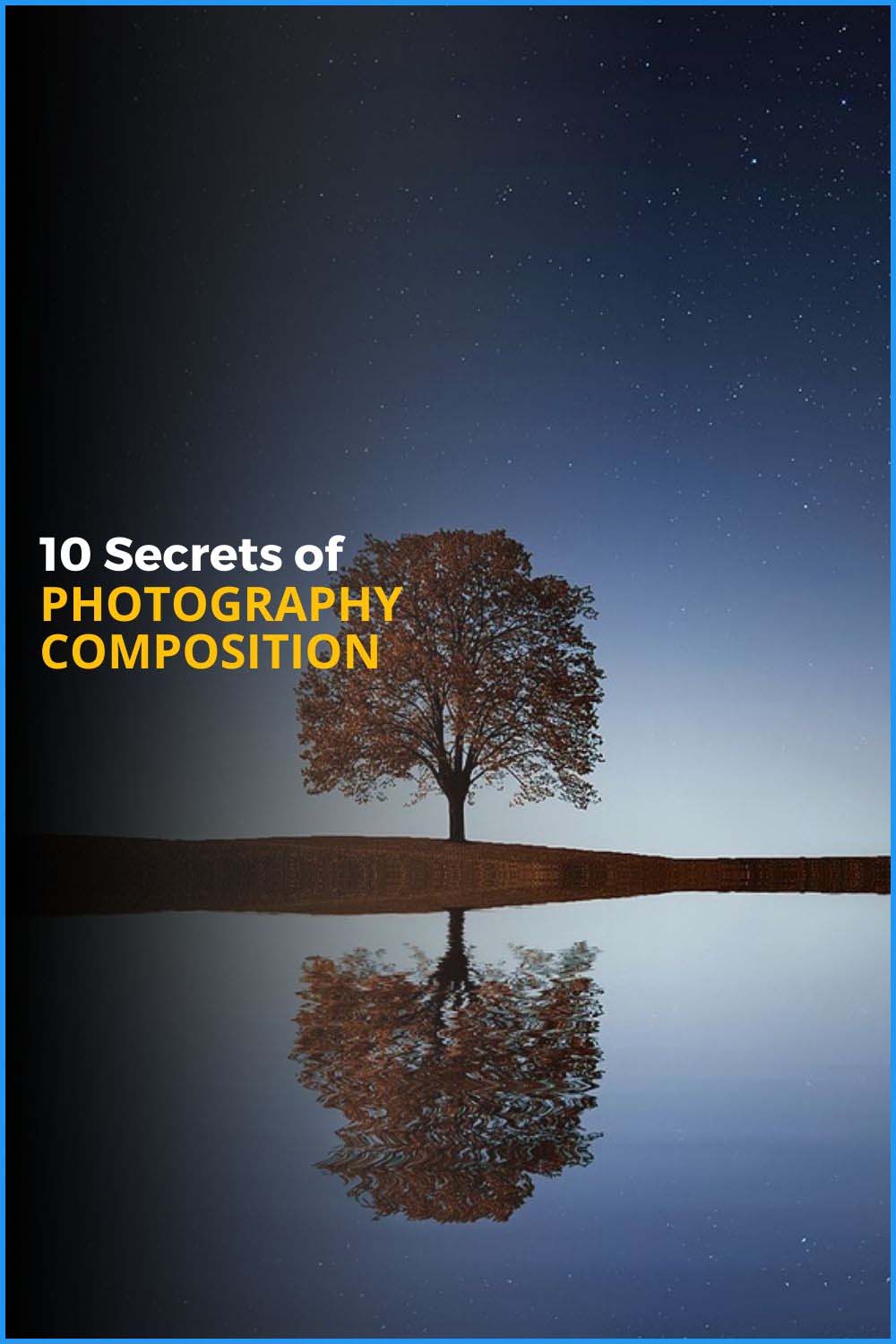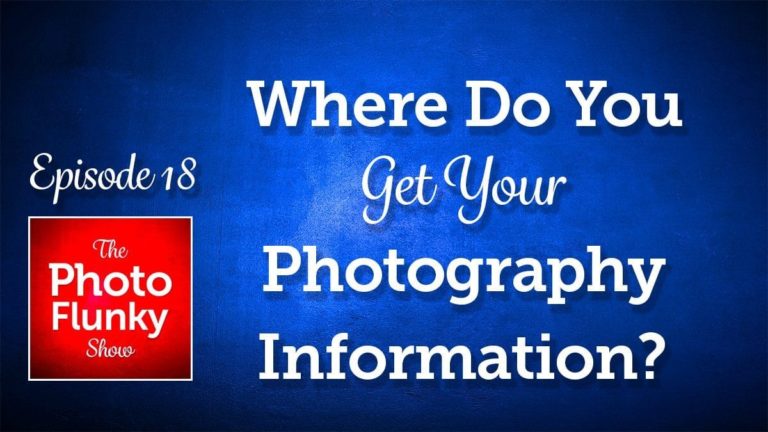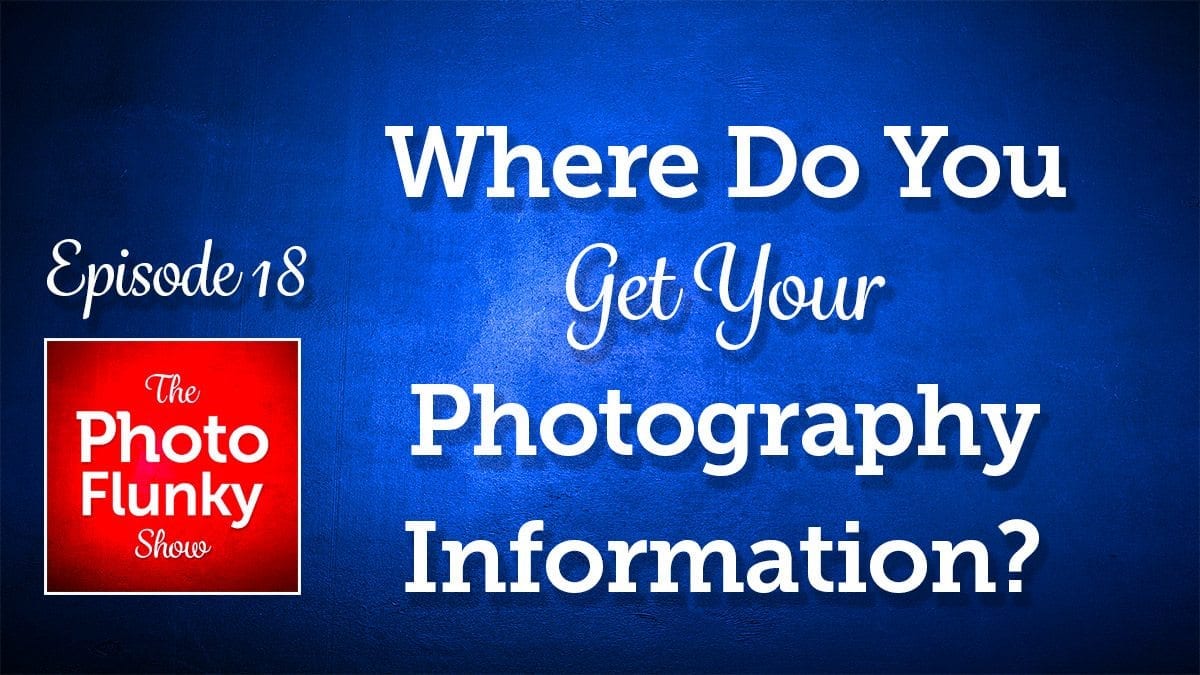Affiliate Disclosure: We earn a commission if you purchase through one of our links at no additional cost to you.
Here’s the reason I like movement in photography. To me, there’s nothing more boring than a still life photo. Without movement, where’s the life?
Movement in photography is one of the ways to create interest and engagement with your photos. Even though it’s just a still photo, a sense of movement allows people to fill in the blanks and see the movement, which creates part of your story.
You just have to give them a nudge.
Why You Want a Sense of Movement in Photography
Movement in photography is one of 10 elements of composition that I discussed in a previous article. I thought it would be a good idea to go back and expand upon each of those elements.
Here’s a link to the original article.
We don’t see life in still moments. Everything is always in motion. That’s how we relate to the world around us. So why not imply movement in photography to help our audience enjoy our photographs?
When you imply movement in your photography, you’re creating something that’s more engaging than a still life photo. Movement gives us a few things.
- Anticipation
- Curiosity
- Relatability
There are a number of ways to imply movement in your still photography, and you can combine the techniques to create something interesting.
How to Use Movement in Photography
When it comes to using movement in photography, there are different techniques you can try. All of them are trying to imply motion in a still photo. In other words, your viewer has to suspend their disbelief a bit to infer motion where none exists.
The good news is that people are often very willing to let you imply movement in photography. Their mind understands what’s happening and it fills in the blanks. Viewers are willing participants in our little mind game.
Here are a few ideas to help them enjoy the movement you want to share.
Moving the Viewers Eye Through Your Photo
Lee likes to use a technique of allowing the viewer’s eye to move through her flat-lay photos. Not necessarily in a straight line, but in a wandering path.
In the photo above, she shows one of her frequent methods to move the eye. That piece of cloth tend to draw the eye from one part of the photo to another. In some of her image, she uses cloth like a winding river. You can’t help but follow the path because it stands out differently than any other element.
Our minds understand paths, roads and rivers. We intuitively know how to spot and interpret them. Also, we want to know where they go.
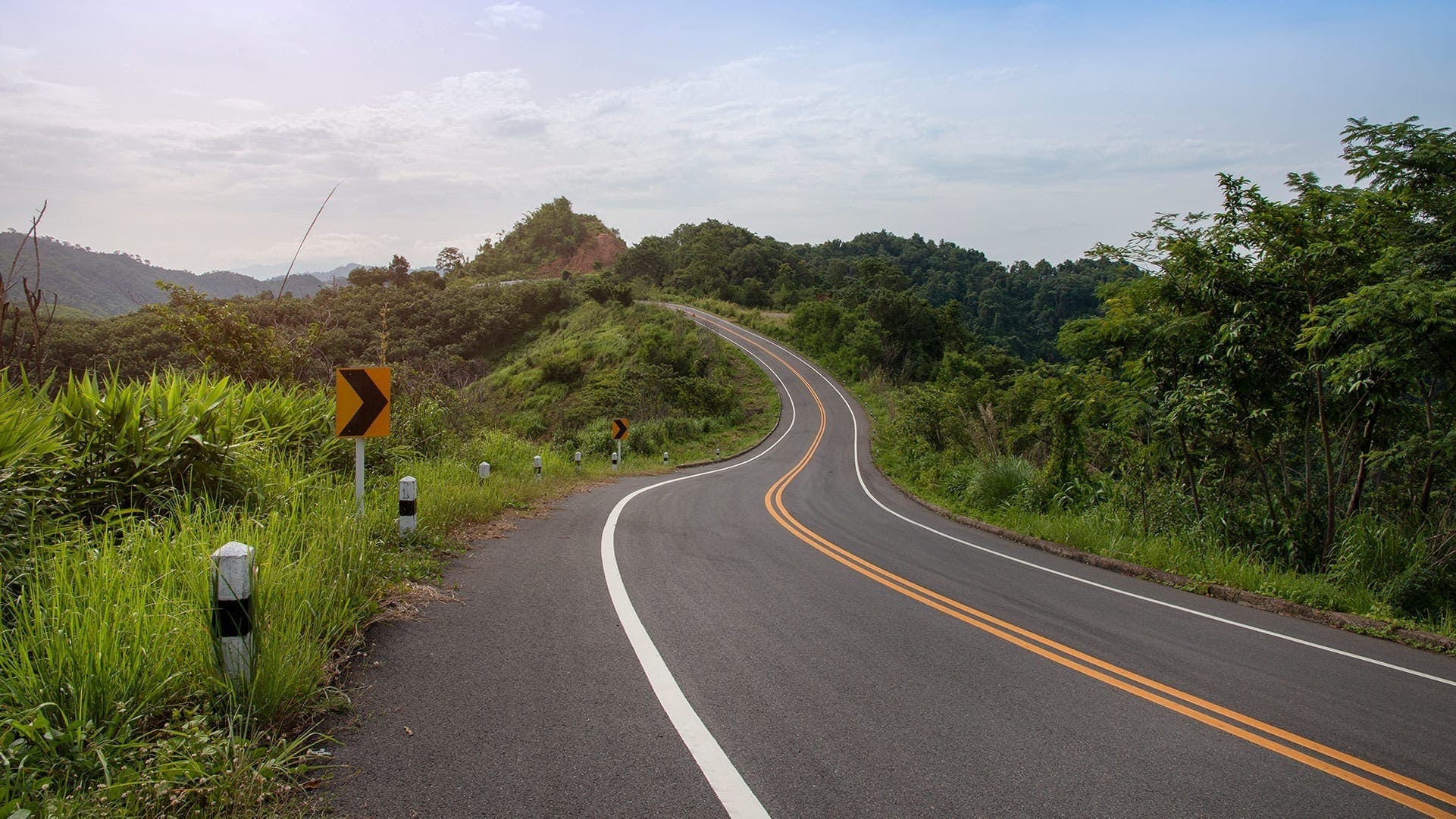
The photo above uses the same method with a winding road. It isn’t moving, but it gives you a sense of movement because your mind wants to travel up that road.
It’s engaging with your viewers because it triggers intuitive desires and curiosity.
Capture the Decisive Moment
I wouldn’t do this no matter how much you paid me.
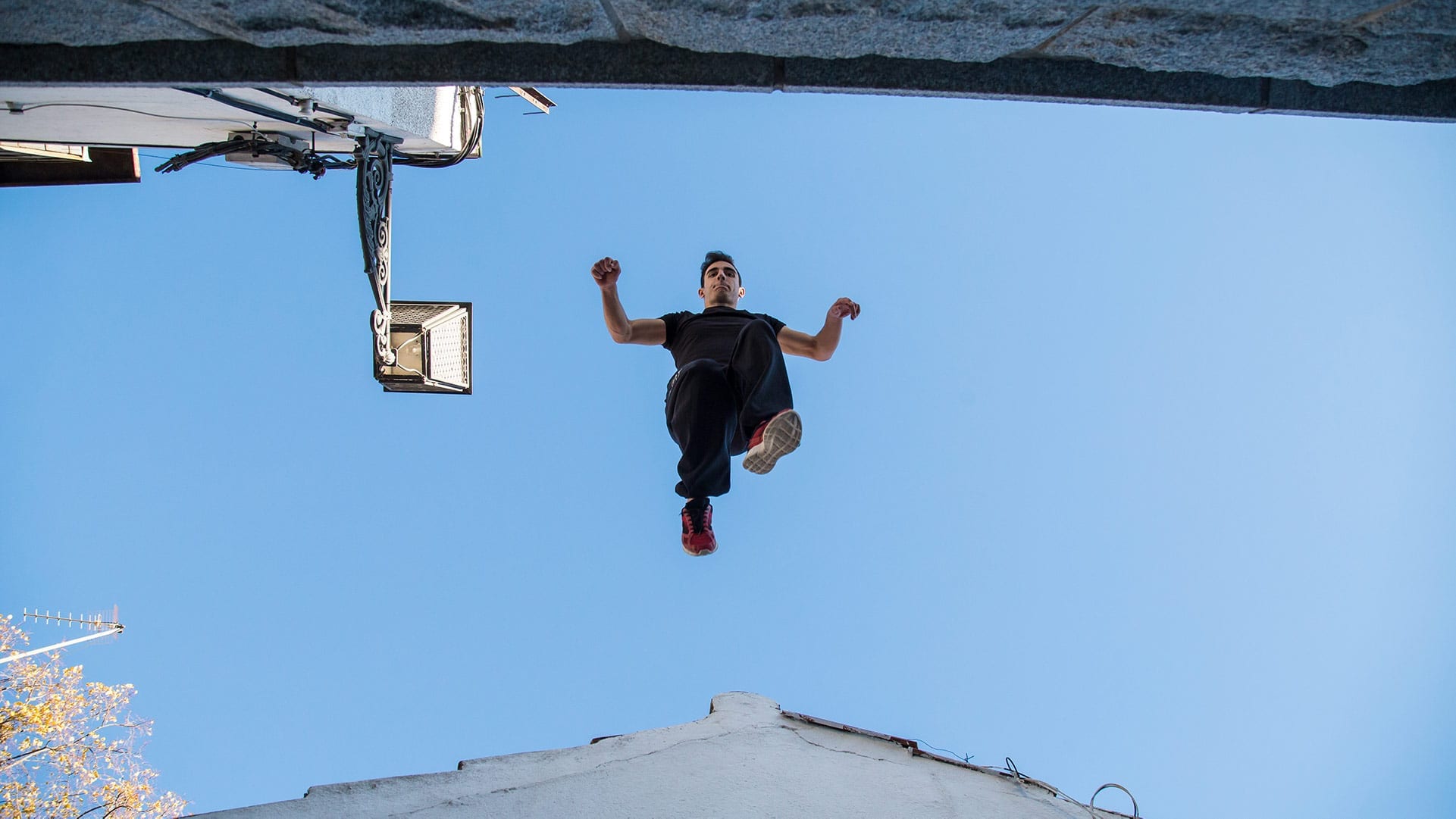
What do we mean by saying “the decisive moment?”
It’s the peak of action. You aren’t starting and you haven’t finished your movement. The decisive moment is that hang-time between beginning and end. It’s the point where you wonder if he’ll make it or plummet to his death.
Of course, the decisive moment doesn’t mean you have to risk your life.
It could be as simple as jumping over a puddle or getting ready to sink a three-point shot in a basketball game.
Whatever the action, there’s a moment of suspense in movement when you wonder what will be the outcome. That’s a great way to engage your audience. Leave them wondering for a moment as to what happened after you clicked the shutter.
Use Motion Blur
If something is blurry, it’s because something moved. Either your subject or the camera.
A lot of photographers drool over tack sharp photos. Why would anyone want a blurry photo when you can have a tack sharp photo?
Well, let’s take a look at a couple of photos of dancers.
In the photo above, I caught a pair of dancers in the peak of their movement (more on that later). You can see a bit of implied movement with the way the red dress flows around her. Otherwise, they could just be wax figures standing in place.
Now let’s look at a different technique to show movement in a photo.
This dancer moved and shaked about during her time on stage. There was plenty of stage light to get a sharp photo of her, but that wouldn’t really tell the story.
She’s vibrant and moving. Slowing my shutter speed to get a bit of motion blur gives you and idea that she’s moving around, shaking, and strutting across the stage.
A tack sharp photo wouldn’t tell the same story about her performance.
You can use motion blur with long exposure to show movement in water, traffic streams at night, or to smooth out clouds in motion.
Basically, if it’s moving, some blur from longer shutter time will help you convey that movement as part of your story.
Going to a bit of an extreme, this is an HDR long exposure photo of the Dumbo ride at Walt Disney World’s Magic Kingdom.
Not only do you get the sense of motion on the ride, but you also get a sense of speed from the blur. That’s because we perceive greater speed with more motion blur.
Something to keep in mind, you don’t have to put your camera on a tripod. Sometimes you get interesting motion blur when you’re moving and everything around you is still.
Pan Your Subject to Show Movement
Panning, in photography, is when you follow the motion of a moving subject with your camera. You take your photo to keep the subject sharp and allow the background to fall into motion blur.
It takes a bit of practice, but you can get an interesting effect that lets your viewer know that there’s movement in your photo.
Let’s look at a couple of stock photo examples.
Wow. Zoom, zoom! Are those bikes moving or did they just park on the road. It’s hard to tell because everything is pretty sharp.
So how does the impression change with panning?
Now this photo gives the sense of movement with the car. It’s amazing how a little blur can change the way you perceive a photo.
By panning with the car, you get sharpness on your subject, but the surrounding area goes blurry. Notice the wheels on the car are also blurry. I let the shutter drag a bit to show movement, because you’re not going to buy into the sense of motion if the wheels aren’t moving.
Combine Sharpness with Motion Blur
I wanted to point out that you can mix sharpness and motion blur with your subject. We saw that in the panning example above.
Sometimes, you may need a little help.
The photo above is another panning example, but there’s a problem. This guy is going so fast that almost every part of him was blurry, even with panning.
That’s when you want to use some off-camera flash to combine with your slow shutter speed. The idea is to aim the flash where you want sharpness, and try to avoid allowing the light to spread to other parts of the scene.
The reason this works is because the flash duration is shorter than your exposure with ambient light. So while I let this exposure go for about 2 seconds during the panning, the flash froze his face for a fraction of a second to keep him sharp.
You need to use rear-curtain sync in order for this to work. That tells the flash not to fire until the end of the camera’s exposure. Otherwise, I could’ve frozen his face in the wrong place. It would’ve been sharp at the wrong moment.
Just a word of caution, make sure you do this with a willing subject. Flashing random strangers in motion may cause undesirable results.
Why Movement Creates Suspense and Interest in Your Photos
Everything we’ve shown here requires some imagination from the viewer. Perhaps a few folks won’t participate, but those who do are more involved and engaged in your photo. That’s because they have to give something in order for the concept to work.
Imagination is a wonderful thing. It’s not just your imagination at work here. You’re helping to spark the sense of imagination and curiosity of your audience. In other words, we’re in this together.
If you can create an image that makes your viewer wonder enough to participate with his or her imagination, you’ll have more interesting photo than some random still life.
Give your viewer something intriguing and they’ll do the rest of the work.

